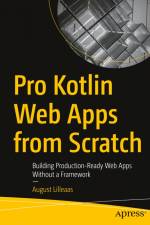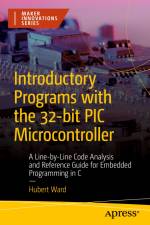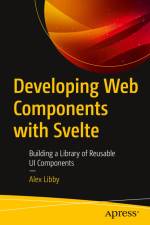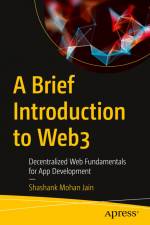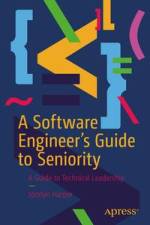av Bradley Fowler
591
Assess, plan, develop, implement, and manage AWS EC2 Instances, Cloud Formation using JSON Template with Bash programming language, and Cloud Watch monitoring. This book helps the public and private sectors comprehend how to assess and evaluate AWS cloud software as a service (SaaS), infrastructure as a service (IaaS), and platform as a service (PaaS).Government and business sector entities are looking for strategies to upgrade on-premises information systems to virtual cloud infrastructure orchestration and automation. You'll gain a step-by-step approach to planning, developing, implementing, and managing cloud infrastructure, services, and platforms that help reduce cost increases, scalability, and improves security. Outline your strategy to research how cloud infrastructure is planned and developed before being deployed and managed by on-premises IT team members. This book also supports cloud services for AWS and helps you understand why supporting and usingAWS for cloud services is beneficial both short and long-term.Once you complete this book, you'll be able to make logical decisions regarding AWS use cases for public and private sector entities, including disaster recovery and backup, IT self-service, Web applications, and messaging. What You'll LearnAssess different cloud services provided by AmazonLook at Cloud as a Service (CAAS)Understand internet protocol, packet switching, authoritative, recursive, and open-flowReview cloud infrastructure planning methodsExamine Cloud orchestration and automationWork with the AWS total cost of ownership calculatorWho This book Is ForThis book is aimed at business, government, non-profit organizations, academic institutions, and financial institutions interested in upgrading to AWS cloud architect infrastructure as a primary mode of data transmission, storage, and security at a scalable and economical annual cost.





